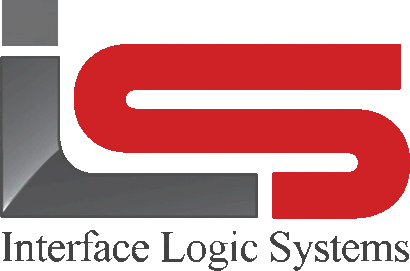Your Cart is Empty
Shop
One Pass Weighing Workflow In ScaleQ Scale Management Software
February 20, 2019 2 min read
Another workflow is one-pass weighing.

If a loaded truck is on the scale, and there is a stored tare weight for that truck on file a ticket for that truck can be completed in one step. The difference between the two weights triggers the business transaction.
The process is the same whether a truck is entering the yard empty or loaded. the point is to capture a net weight that when applied to a material results in a charge or a payment to the customer.
When the truck with a stored tare weight on file mounts the scale, the weight and the dialog to enter the truck code will be displayed. You can then enter the truck code and click the next button at the bottom right in the scale program. The truck's information is entered. The net weight is automatically tallied and the charge calculated based on the stored tare weight. the truck information, including material, can be changed if needed. Click the finish button to save the transaction and print a ticket.
Stored tare weights
There are two ways to get a stored tare weight on file. for both of these, the truck record should already exist. the first is to click on the tare button in the ScaleQ program when the empty truck is on the scale. The second happens automatically whenever the truck weighs in and out. The smaller of the two weights becomes the new stored tare weight. If the truck already has a tare weight on file, and a new tare weight is much different than the old tare weight (the amount of tolerance can be set in setup), then the tare weight on file will not be replaced and the operator will be notified. ScaleQ does not allow a tare weight to be entered manually. The tare reweigh interval that is set in the truck record must be a number greater than zero. If this is not set, the stored tare weight will not be used.
Leave a comment
Comments will be approved before showing up.
